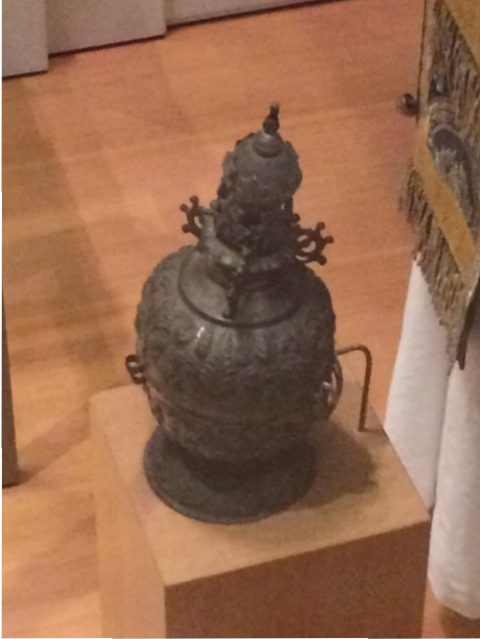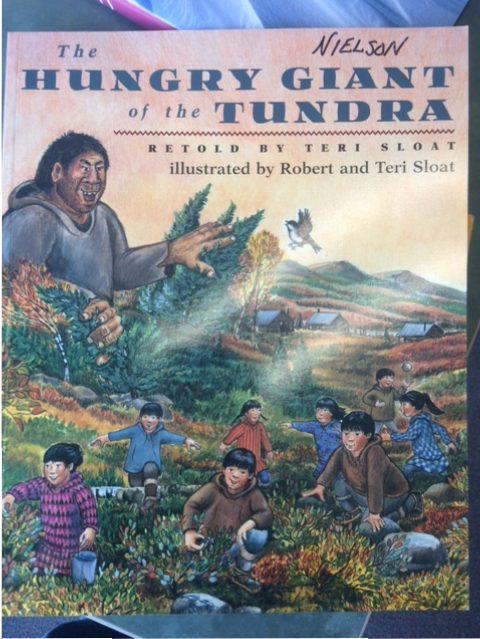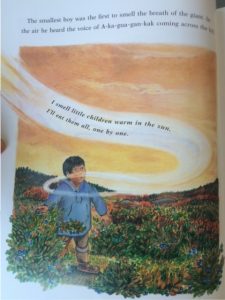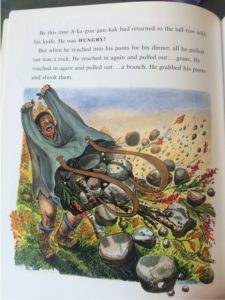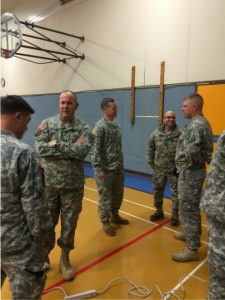1) Having an awareness of culture and power dynamics is essential to creating a healthy, safe environment where students can learn and thrive. Students come to every classroom from a variety of backgrounds. Some of them may walk in the door with the feeling that they can’t learn or having already made a choice to “not-learn” (to use Kohl’s terminology). It in an instructor’s responsibility, to the best of his or her ability, to try to recognize the character of each student and have an awareness of the cultural circumstances from which the student comes. Using this knowledge, the teacher can then attempt to meet the student “in the middle” and sway them to understand that they can learn and that (hopefully) they should desire to.
Often, students will come from backgrounds which cause them to distrust their teacher. For instance, an African-American student may have an ingrained distrust of “white” teachers. Or in another example, a Muslim student may have made the decision not to learn from non-Muslim instructors. It is important to recognize that both of these communities in the US have been the targets of large scale (and often systemic) hatred and discrimination, and so the student’s feelings of mistrust very well may come from a very understandable and reasonable place. The important thing for the teacher is that he or she work to create a feeling of a safe space, a feeling like the student can really trust him/her and really be actually heard and listened to. The student needs to know that his or her viewpoint matters and is important to the teacher, regardless of what that viewpoint is. Friendships absolutely can be formed across racial, socioeconomic, religious, etc. lines, and positive, uplifting teacher-student relationships can too. However, the onus is on the teacher, as the adult and the trained professional, to pro-actively seek the student’s success.
2) The first word I would choose from our word-wall is “fairness.” I think some people think that “fairness” means treating everyone the same or treating everyone equally. However, I do not agree with this definition. Although it is difficult to define, I think treating everyone fairly is treating them justly, and to treat them justly means that the broad picture of their life needs to be taken into account. It is not fair, for instance, to expect the same level of writing from a semi-fluent high school student who immigrated last year from Ukraine as one might from a student who had been born in an English-only household and had 11 years of English classes and constant English-language stimulation in nearly all facets of life. Setting more basic goals for the Ukrianian student is not unfair, it’s realistic. The long-term goal of instruction will be to help the student become an excellent writer and speaker of English, but the short-term goals must be more limited and evaluation not as strict. To do otherwise is, in fact, unfair. It’s not a matter of patronizing the student, and certainly not a matter of having lower long-term expectations. A teacher must also realize that his or her class is only one of many classes that a student will have in the “school of life.”
A second phrase I would choose from the word-wall is “internalized aggression.” Internalized aggression is when a person takes things said about them by others (or about people of their culture, race, religion, etc) and internalizes them. A really good example of this can be found with Alaska Natives who refer to themselves as “dumb Indians.” Clearly, this was something that other people said to them (or their parents, etc) at some point in the past and it kind of stuck. Many were told that because they struggled to learn English in the boarding schools, they were stupid or incapable of learning. For some in Native culture, this has become truly internalized into a form of what might be called self-hatred. It also acts as an excuse for failure or for failure to even try.
I chose this term because I am quite sure that I will encounter the phrase “I’m just a dumb Indian” at some point or other in my teaching career, and I emphatically reject it. I know my fiancee has encountered it in her teaching career.
A third phrase that I would choose is “critical thinking.” Critical thinking is a higher order cognitive skill that involves seeing and being able to express the connections between things. It is much more advanced that the mere memorization of facts.
I chose this phrase because I see it as the goal of education. It must be carefully cultivated, but it is the goal. It is much harder for a teacher to bring about than the mere repetition of facts and data, but it is so much more valuable to the students as individuals and to society, as well.
3) I cannot really fully answer the part of this question that is about content and units. I am not even sure what subjects I will be student teaching in. My fiancee is the social studies teacher at my placement, so I won’t be student teaching under her. But village schools demand a lot from teachers (e.g. my fiancee also teaches math, computer programming, and music), so I expect I will probably be teaching in more than one content area. My best guess is that they’ll use me primarily in English, but in a very real way, I won’t know what they want me to do until I get there.
As for methods or strategies I intend to use, my first strategy is that I intend to learn as much about Yup’ik culture as I can, especially the culture of the village. I also hope to begin to study and work in the Yup’ik language, so that I can address issues and questions with words that might make more sense to students. Also, as I learn some of the different word associations that happen in Yup’ik (vs. American English), I expect that my teaching might become more sensitive and appropriate. Beyond this, I plan on attempting to build lessons based on observations of life or on elements of Yup’ik history and culture. Asking students questions at the beginning of lessons is a good idea, since it will help me try to figure out where they are coming from and also to tailor my lesson to the knowledge base they are bringing to class with them.




